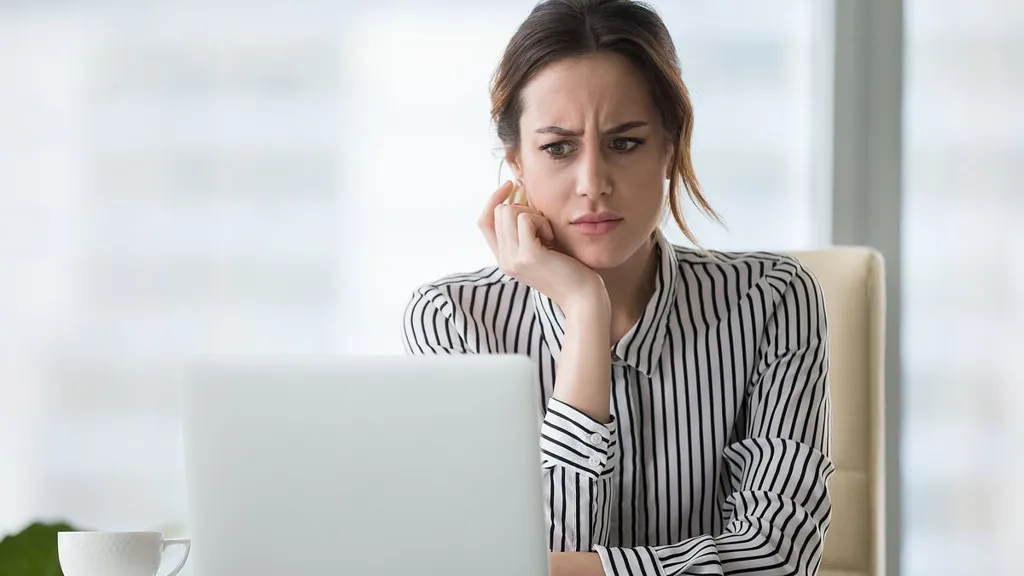Reminder: You've still got a money request!' That was the subject line of messages flooding my husband Barry's inbox for weeks -- and millions of others' too.
At first, Barry wondered if he'd clicked on something by accident. The invoice looked legit: professional logo, a big 'Pay Now' button, and all. He even hovered his mouse over the sender's email, double-checking himself.
But as the invoices kept coming, he knew something was off.
'Why are they so persistent?' he asked. That persistence is exactly what scammers count on -- to make you panic and pay up.
Barry's not alone. A sneaky scam is making the rounds, and it looks completely legit because it actually comes through PayPal. Let's break it down so you don't fall for it.
Here's how it works:
First, you receive an invoice via PayPal. It might say something like, 'Payment due for a purchase' or claim a payment was processed due to a technical error.
It looks real because it's sent through PayPal's platform. Seeing the trusted logo and familiar format can make you let your guard down.
But it's a bogus invoice. PayPal allows anyone with an account to send an invoice, and scammers exploit this feature to make their schemes seem legitimate.
Millions of Americans are being targeted by a PayPal scam that aims to steal their money
These fake PayPal invoices are convincing. Here's a quick list of what to look for:
- Professional PayPal branding: The logos, formatting, and wording look polished and legitimate.
- A payment due: The invoice might say something vague like 'Payment due for technical services' or reference a subscription you never signed up for.
- Urgent tone: Scammers love to use phrases like 'Immediate action required' to pressure you into reacting quickly.
- A phone number for support: This is the real trap.
The number listed in the invoice claims it is the contact for PayPal, but it takes users to a thief who is ready to take their money.
All the scam emails I've reviewed had different numbers attached.
Calling the fake support number is the worst thing you can do.
The scammer might ask for your login details or payment card information to 'resolve the issue.'
In some cases, they'll install malware on your device, stealing passwords and financial details in the background.
How to spot and stop it
- If you're sure the invoice is fake, delete it and report it to PayPal
- PayPal will never send invoices for random purchases you didn't authorize.
- Check the details: Look at the sender's email and transaction history. If it's not a company or person you recognize, it's likely a scam.
- Double-check the invoice recipient: That's another glaring red flag. All the emails I saw had someone other than my husband listed in small text at the top.
- Don't call any of the phone numbers listed: This is smart with any strange invoice, call, document, email, text, whatever. Don't use contact info that's included. Go to the official website to find it.
I looked this one up for you: PayPal's real support number is 1-888-221-1161. They take calls from 6 a.m. to 6 p.m. PT every day.
Your best bet is to contact customer service. They're much more familiar with scam patterns then most regular folks since they see them day in and day out. Plus, they can look into your account to tell you what is a legitimate request and what's not.
About Kim Komando
National Radio Hall of Famer, Host on 510+ stations, Podcaster & Tech Expert.
Lock down your account for extra security
If you don't have two-factor authentication set up, don't wait. It only takes a minute. Now you'll get a code when you log in. Annoying? A little. But it’s worth the extra step on any account tied to your finances.
- Log in to your PayPal account on a browser. Click the Settings icon > Security > 2-step verification. You can use an authenticator app or receive codes as text messages. Pro tip: An authenticator app is the more secure option.
- Follow the on-screen directions to finish up.
Scams like this are sneaky, but they're easy to spot if you know what to look for. Share this with your friends and family so they don't fall for it.
